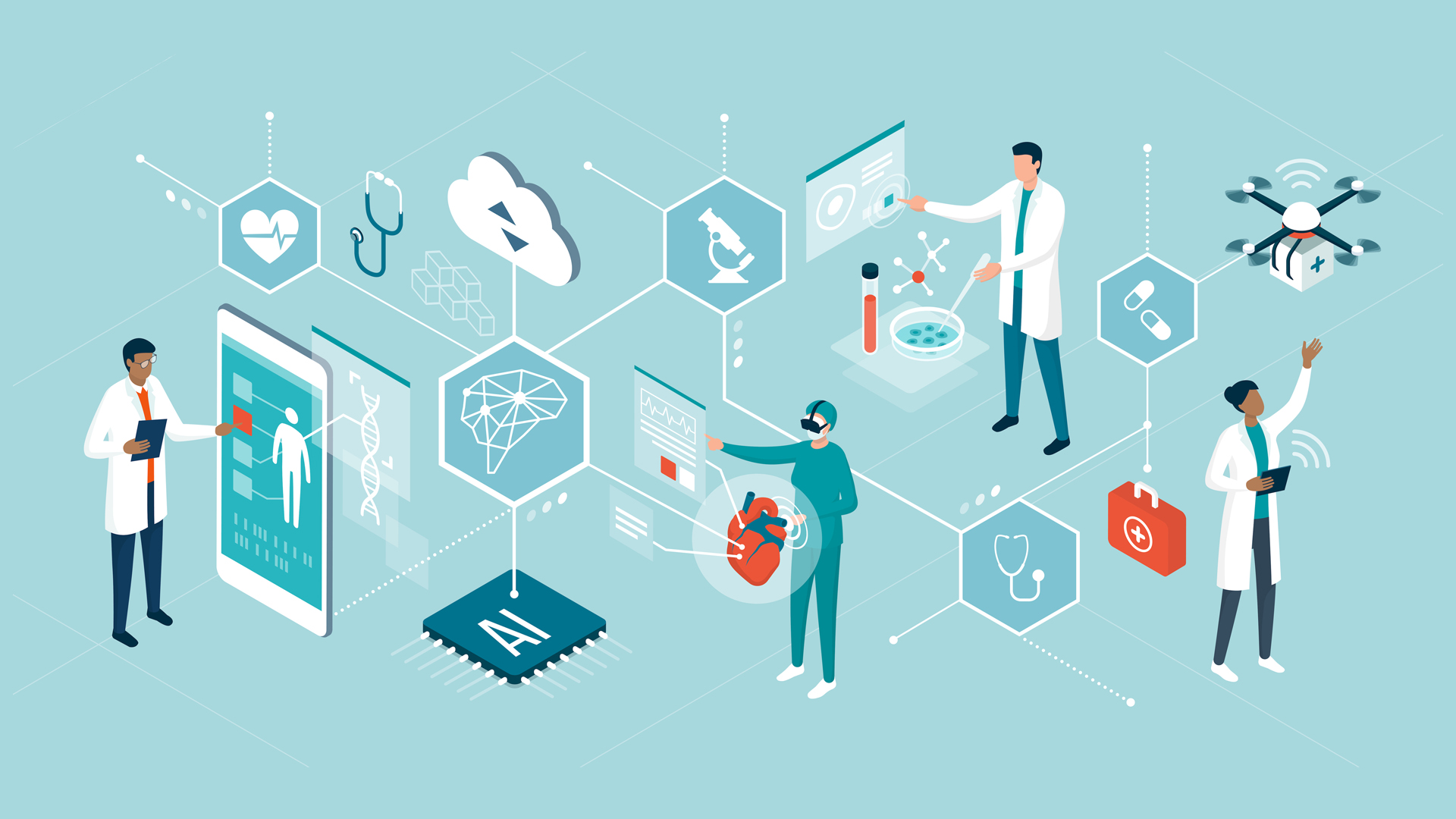I remembered the other day an old joke, from my early childhood. The doctor comes out from the operating room cheerfully saying: the surgery went well, the patient died. I couldn’t quite get it. How can this all be true in one sentence? A successful surgery surely should mean, that the person seeking treatment is well and alive. I couldn’t comprehend that a technically brilliant operation does not guarantee the survival of the patient, and other factors, such as the overall health condition of the patient, her/his age, the expertise of the surgeon may determine in a positive or negative way the outcome.
If I read it well, all the above translates into data, of which nowadays we have plenty, thanks to the multitude of sensors that measure everything we can dream of. The internet of things is here to help us gather data, make well-grounded decisions. And not just in our homes, offices and airplanes or industrial buildings – in healthcare too. People wear personal devices, fitness trackers that encourage them to keep tabs on their health. They gladly share this data with their physician, because in return they will receive a personalized diagnosis.
The Internet of Healthcare Things is here to stay. And so, does the Health Information Technology. We have electronic healthcare records (EHR), not for the sake of technology, but to provide better care for our patients, to reduce the number of fatal errors. In the era of personalized gene therapy, IT tools are here to help us understand and treat our patients better.
The millennials – the generation born with a connected phone or tablet in their hands – are knocking on our door. They live in a fast, interconnected, highly digitalized world, where everything is at their fingertips. But not just this generation, patients, in general, are in control of their healthcare, now more than ever. Logging in to their patient portal they can request more information on diagnosis, make new appointments or just simply ask for a medication refill.
Our mission, as health IT solution providers is to understand the needs of patients, doctors and supporting staff alike, to provide services that run smoothly in the background, simply making health care more efficient, the healing process more effective and painless. Health IT empowers physicians and patients to make better decisions. Health IT tools give us enough data and knowledge, medical expertise and up-to-date evidence-based clinical guidelines for one purpose only. For the surgery to go well, and the patient to survive, as well.
Author: László Varga
